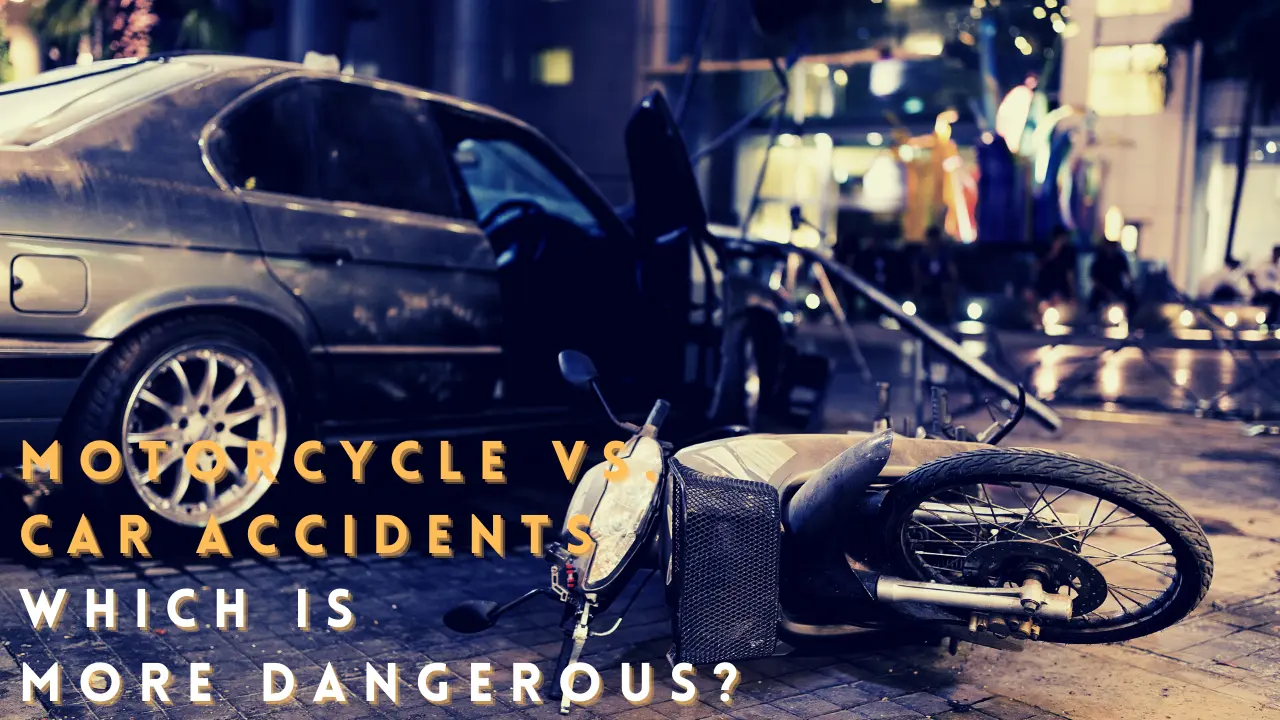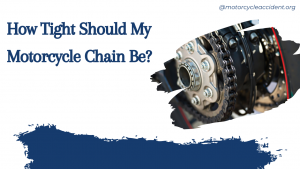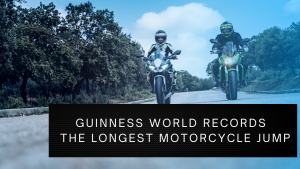The main difference between motorcycle accidents and car accidents is that motorcycle accidents are typically more dangerous than car accidents. However, it would be wrong to think that getting involved in a car accident is better because there are fewer risks. Regardless of the vehicle involved, an accident will always be an unfortunate event.
Three main factors make motorcycle accidents more dangerous than car accidents: a motorcycle’s lack of safety features, lack of stability, and a motorcycle rider’s vulnerability on the road. Because of these, motorcycle accidents tend to have more fatal outcomes than car accidents.
What makes motorcycle accidents more dangerous than car accidents?
No accident is ever good, but some accidents can be more dangerous than others. Between a motorcycle accident and a car accident, the former is usually more fatal.
Lack of safety features
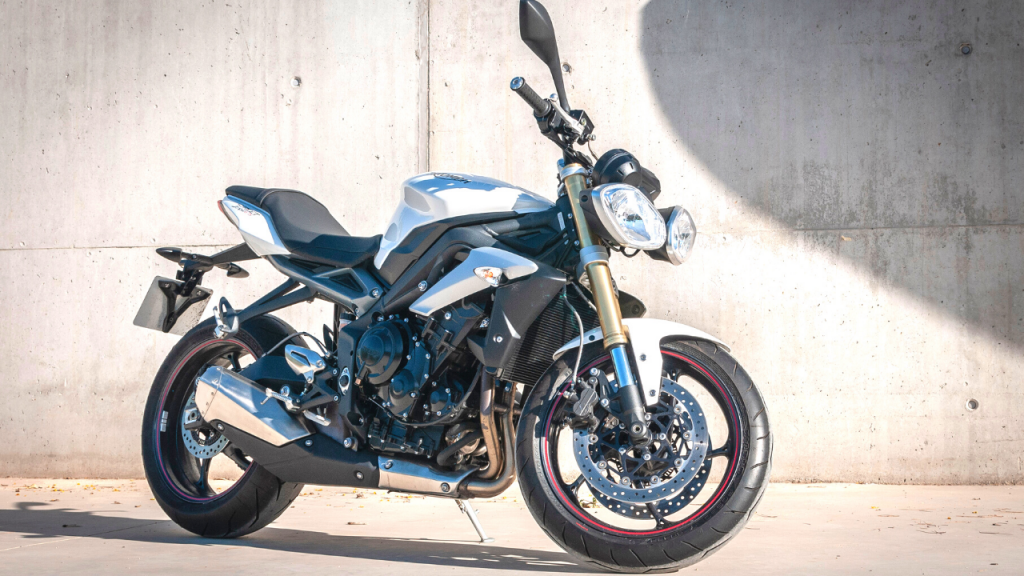
Cars today are more advanced as far as safety features are concerned, and they are specifically designed to prevent accidents and reduce fatalities on the road.
Some of the newer features that most modern cars have are anti-lock brakes, advanced airbag systems, electronic stability control, tire pressure monitors, collision warning systems, rear and side-view cameras, and pedestrian detection systems.
However, most motorcycles lack these modern safety features. They do not even have the basic protection of seatbelts and airbags. The best you can do to protect yourself on the road is to wear a helmet and full protective gear from head to toe, but sometimes even that cannot completely guarantee your safety.
Lack of stability
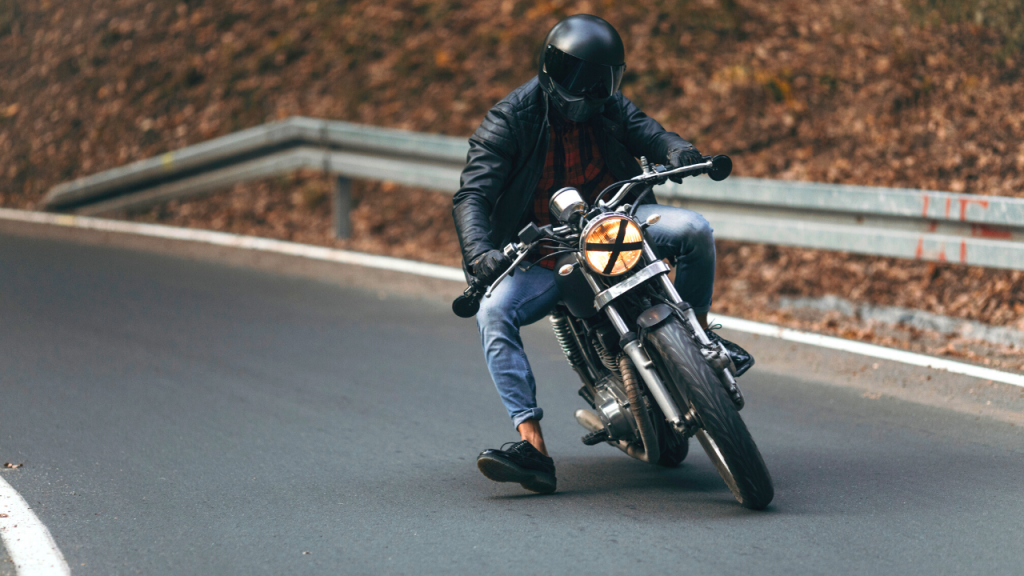
Stability is not really an issue for car drivers, but it is usually a common concern of motorcycle riders. Riding a small, two-wheel vehicle requires a great deal of balance and even the most skilled riders can find it tricky to maneuver at times especially when external factors cause the motorcycle to get off balance.
A motorcycle’s lack of stability is one of the reasons why you must wear a helmet every time you are out riding. It may not give 100% protection, but a helmet can significantly lessen the impact when your head hits the ground.
According to the National Highway Traffic Safety Administration (NHTSA), in states without universal helmet laws, 57% of riders who were killed in motorcycle accidents were not wearing a helmet during the crash. However, in states with universal helmet laws, only 8% were not wearing a helmet at the time of the accident.
Vulnerability on the road
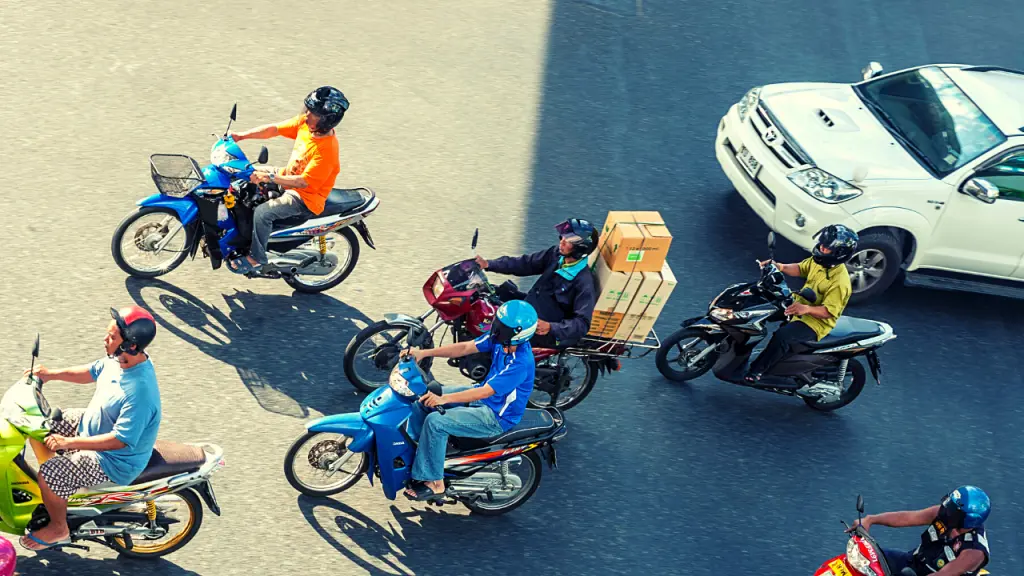
Given their small size, lack of safety features, and inadequate protection due to the absence of a metal enclosure, motorcycles are undeniably one of the most unsafe modes of transport. Yet many people still ride them despite the inherent dangers they face every time they are on the road.
Aside from being vulnerable, motorcycle riders also face other major risks as opposed to car drivers like limited visibility to other vehicles and road hazards such as debris, rocks, and slippery pavements. These may be minor dangers for drivers of four-wheeled vehicles, but such hazards can be fatal for motorcycle riders.
How to stay safe when riding a motorcycle
Whether it is a car or a motorcycle involved, accidents are likely to happen every day. And while there is no sure way to stop them from happening, there are certain measures that can help reduce the number of injuries and fatalities that result from these unfortunate events.
• Do not ride when you are drunk.
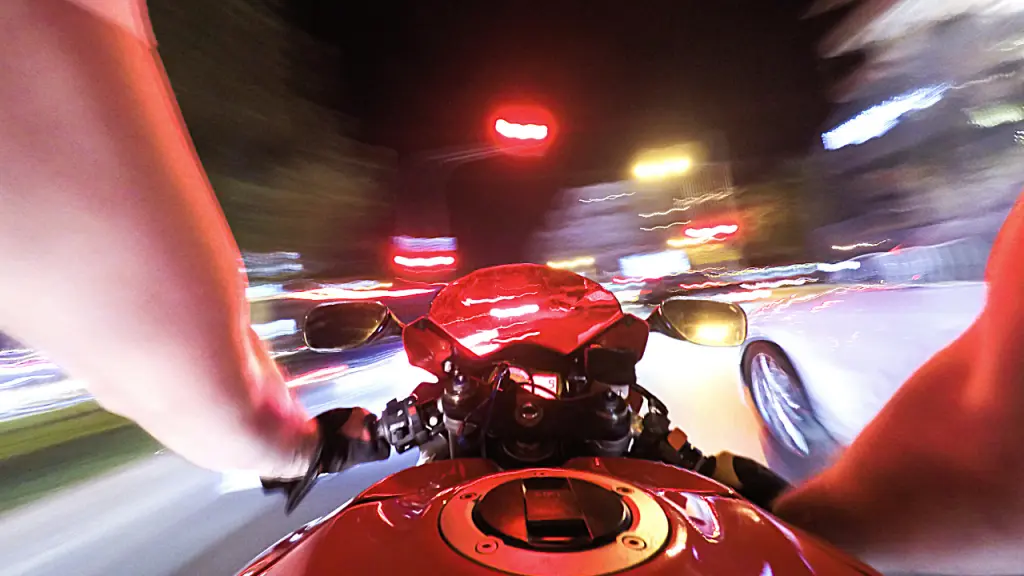
Despite countless reminders from various organizations about the dangers of riding while drunk, many riders still fail to heed these warnings.
To avoid getting involved in a drunk-riding accident, just do not drink any alcohol at all especially if you know you are going to ride a motorcycle. Limiting your beer intake is not enough because even a small amount of alcohol in the body can affect your riding abilities. So do not risk it and just say no when you are offered a glass of beer.
• Ride at a speed that gives you enough reaction time.
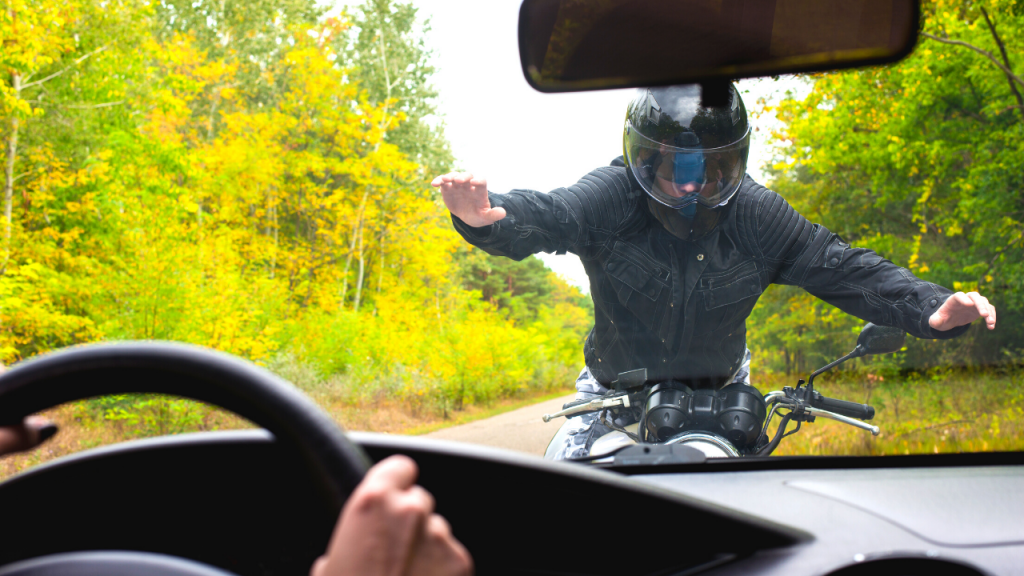
As we have previously discussed, motorcycles lack the stability that most four-wheeled vehicles have, so they can be tricky to maneuver at times, especially when turning corners, regardless of how skilled you are. This becomes even more dangerous if you miscalculate how tight the corner will be, causing you to turn too hard and too fast.
If you do this and you crash, you might even involve other vehicles, leading to further damages and more injuries. To avoid this, ride at a speed that will give you enough time to react when you see a tight corner. Once you are about to make the turn, enter the corner slow and wide to increase your field of vision.
• Stick to the speed limit.
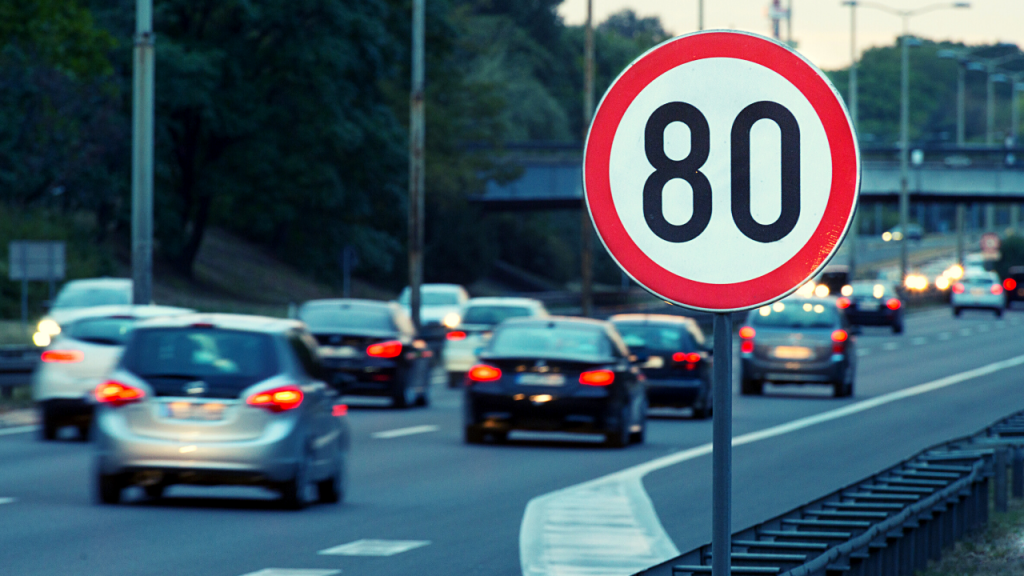
Going over the speed limit often has fatal repercussions, so always ride your motorcycle at a safe speed. Some riders wrongly think that motorcycles are only fun when they go fast but that is simply not true.
Riding a motorcycle is still enjoyable despite the speed limit so avoid traveling at a speed that gives you little time to react to any kind of danger. An extra second could mean life or death, so make sure you are going at the right speed to give yourself ample time to maneuver around a bend, a gap, or a slippery spot in the road.
• Do not get too close to other vehicles.
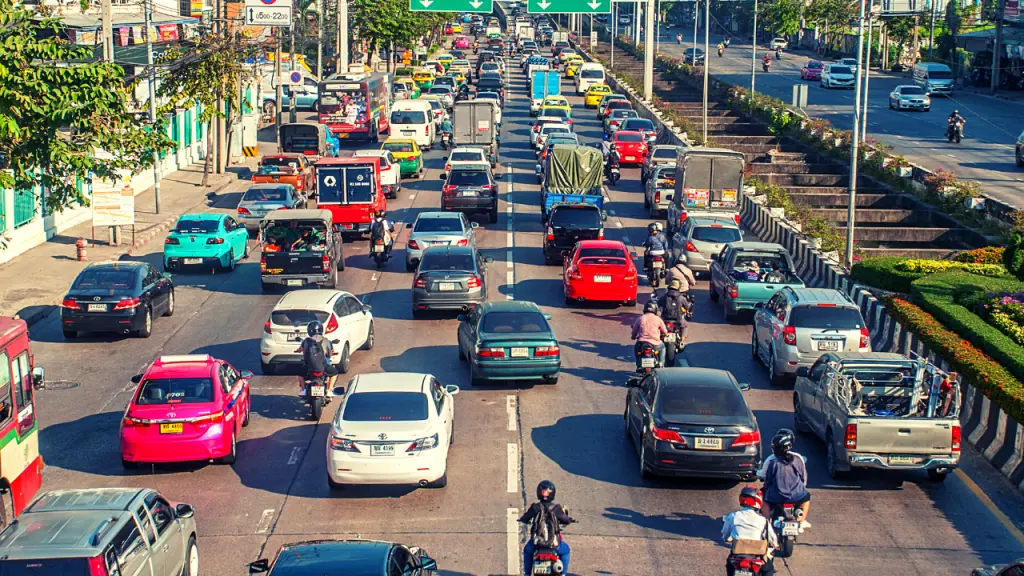
If you have limited space to move around, such as the case if you are lane splitting, it could cause an accident because you will be too close to other vehicles. And since most car drivers do not anticipate a motorcycle to be passing them in slowed or stopped traffic, it might be too late for both of you to maneuver to safety by the time the other driver realizes your presence.
• Be aware of other drivers.
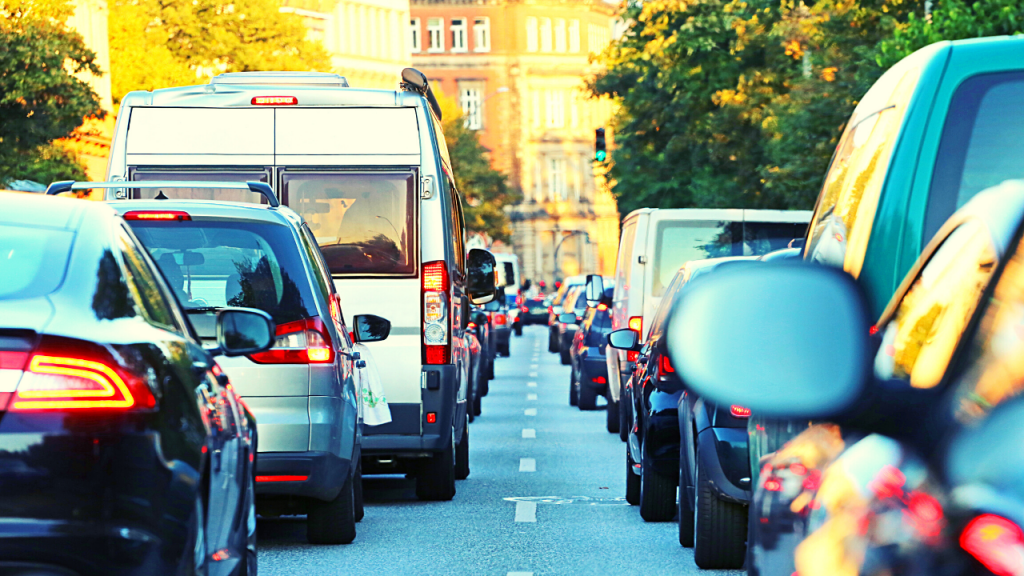
Paying attention to the road means paying attention to other drivers, and this includes anticipating what they are going to do next.
Some signs can indicate if a driver is turning left. If a car is waiting at an intersection, if there is a gap in front of you, or if the driver beside you glances on either side, it is likely that the car will make a turn.
If you notice any of these signs, slow down, then move away from the other car and onto the outermost lane. You should also make eye contact with the other driver, and if they
does the same, both of you should be able to acknowledge each other’s presence.
Another thing to check is the car’s side mirror. If you can see the side mirror and the driver’s face from where you are, he or she can probably see you as well. But if you cannot see both, your motorcycle is likely in the car’s blind spot.

